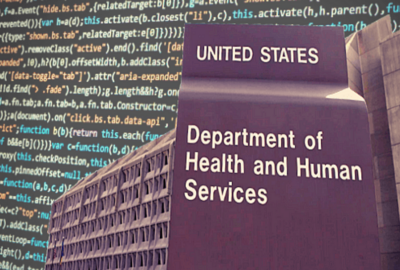Army network upgrades set roadmap for smaller, agile force
CIO Lt. Gen. Susan Lawrence said better systems at posts, camps and stations will let soldiers train on the same equipment as they use in the field. The move to...
wfedstaff | April 17, 2015 3:47 pm
The Army has received a lot of attention for being the first very large agency to move to enterprise email in the cloud. But its technology goals are much more expansive as it sets the future stage for an expected smaller, more agile force.
“We have to be able to train as we fight,” said Lt. Gen. Susan Lawrence, Army chief information officer and G-6. “The network will enable that. It’s important to upgrade our posts, camps and stations now. We also know that the network is core to a smaller, more capable, better trained expeditionary Army as we are bringing down the size of our forces.”
Lawrence said in the past soldiers would train in the field using the tactical networks used in battle. But when they returned to the States, they wouldn’t train on the same technology.
Installations as a Docking Station
By upgrading the posts, camps and stations’ networks, Lawrence said the Army is installing warfighting application terminals in classrooms, motor pools and wherever else, so soldiers can train on the skill sets any day of the week and stay trained to the level they are today.
“That initiative is called Installations as a Docking Station,” she said. “A soldier could be training at Fort Bragg, receive an alert and an order to deploy somewhere else the in world, and all that solider has to do is pack up that terminal and go. And when he gets to that distant end, he’ll connect right back to this joint information environment we are building.”
The terminal could be a thin or zero client device, or a handheld or tablet computer.
The strategy to improve the network and IT at posts, camps and stations is part of the Army’s broader effort to move to the cloud.
Lawrence said the goal is to move classified and unclassified data to the cloud so soldiers can access it from anywhere at any time.
“As a user when I connect to that network, I authenticate it’s me, and then I have the ability to go this portion of the cloud, whether classified or unclassified or whatever I can authenticate to in that environment,” she said. “I do my work and at the end of the day I disconnect. Whether I have a handheld device or laptop or whatever I connected with, the data remains inside the cloud and protected there and not at the end user device.”
5 data centers around the world
Along with moving to the cloud, Lawrence said data center consolidation will play an important role in how they deliver data around the world.
Lawrence said the Army represents about 25 percent of all data center closures across the government. So far, the service has closed 44 data centers and plans on closing 195 over the next few years.
When the data center effort is completed, Lawrence said the Army expects to have five core data centers around the world.
“Data center consolidation is not about the data center itself, but about the data,” she said. “What we are finding and working on, what applications do we want to retain? What applications do we want to kill? Which ones do we want to virtualize and move so that we are more efficient in how we do that?”
Lawrence said the Army is implementing asset management capabilities that will find and list thousands of applications.
She has asked the G-3, or the operations branch, to look at warfighting applications, the chief management officer to look at business applications and the her office is looking at enterprise network software to figure out what stays and what goes.
Lawrence predicts the Army will get rid of between 2,000 and 3,000 applications when this review is completed.
RELATED STORIES:
Army leadership applies pressure on data center consolidation
Army to test, fix communications tech at home, not abroad
Enterprise email forcing broader changes for the Army
Copyright © 2024 Federal News Network. All rights reserved. This website is not intended for users located within the European Economic Area.
Jason Miller is executive editor of Federal News Network and directs news coverage on the people, policy and programs of the federal government.
Follow @jmillerWFED







